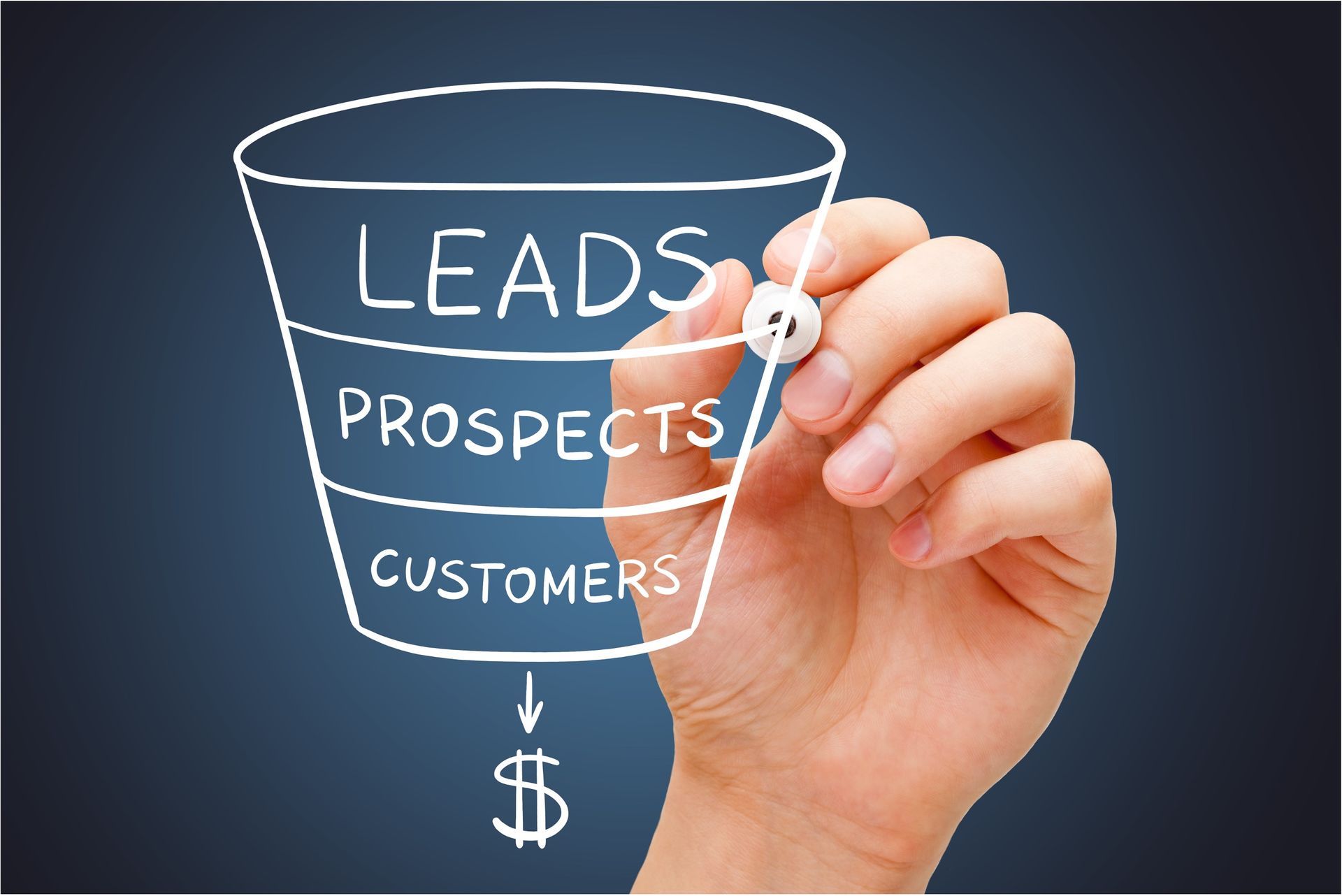Writing the Perfect Proposal
7 Steps for Writing a Winning Proposal
There’s been a lot written about consultative selling. The underlying objective is to get salespeople to focus on what matters most to the customer. You build sales momentum by demonstrating that you’re delivering an important solution to an important problem.
So, to be able to create a client-centered solution, and thus write a client-centered proposal, there are seven areas of focus for creating greater customer commitment. One pitfall is to write proposals without acknowledging the issues that brought you to the proposal stage in the first place. This makes it almost impossible to craft an approach that sounds "right" to the buyer. The best proposals reflect what you’ve learned about the company and the reader. ProDirect works with clients to help streamline the proposal writing process by uncovering what buyers look for in a proposal.
Based on our research and our own success, we’ve found the following to be the seven key elements to any successful proposal:
- Title and Brief Introduction
When customers evaluate candidates for a solution, they tend to give more attention to the provider that goes beyond the simply stated issues in their approach. Successful proposals capture a compelling rallying cry- a theme that’s both creative and pragmatic. For example, we recently won a sales training engagement with a large financial services firm. While the goal of the training program was to fill pipelines with more quality prospects at a more rapid rate, we labeled the program “Tips, Tools, and Tactics to Get to Centurion”, Centurion being their annual sales awards banquet in Nevis. This got the attention of the Sales VP and salespeople have already started visualizing their feet in the sand. - About XYZ Company
A proposal should have “legs”. Make sure that those who pick up your document can assess the issue and see the value and experience that you and your company bring to the table. In this section, provide your company’s key stats, elevator pitch, clients served and years in service. This will help bring any new readers up to speed on your approach. Note briefly any awards or special recognition your firm has received. - Customer Situation
This section needs to say one thing “Wow, they really listened”. When preparing this section, review your notes from key meetings and interactions with the customer organization. Every company has their own lexicon for their products and process. Using their words sets the reader at ease and reinforces that you understand them, and their business issue. Go to their website and social media posts and look for a tie to the issues your customer articulated. When online, look for the company’s mission and vision and its orientation toward its customers and employees- look for what they’re proud about. Then list the key factors that have led you and the reader to this juncture. - Customer Need
Here you want to prioritize the customer's most important outcomes first. That way, the customer will feel you think the way they think. Key: Don’t make any assumptions at this point. If you’re unsure, tap back into your network or call the client directly to confirm salient details. Most important, use as many of the spoken words of your buyer or champion as possible. - XYZ Company Approach
Usually there's more than one way to solve a particular problem. Let the buyer know what your process will look and feel like and detail the customer’s level of involvement. At BWST we win as many projects for how we plan to manage them vs. the content that we provide. Where possible, use a complementary graphic to portray your process or recommendation. Use a level of detail appropriate to your reader. If she’s a big picture thinker, use broad strokes. If they are a detailed thinker, then spell out your steps. The key is to help them visualize your solution so use as many graphics and as much suggested movement as possible. - Investment
Also known as the money page. Over 85% of readers go right to this section. We prefer “investment” because investments have a payoff. I try to avoid sticker shock, so where possible, detail your pricing in chunks tied to milestones. If a fee or cost is a one-time charge, let the client know. If the client is more concerned about cash flow vs. getting a big number through the approval process, price your approach accordingly. - Why XYZ Company?
Other than an appendix, this is the last section of your proposal – the last chance for you to tell the buyer that you’re the perfect partner for this work. Based on what the customer values in the solution to her problem, recant 5 to 6 competencies your organization possesses that makes them uniquely qualified to win this business. If the customer values speed, reference your rapid response times. If they value experience, reflect your rich and storied history. If the client values testimonials, reference a partial client list in their industry. This is the section where you help the buyer feel great about her decision to choose you.
For help with your next winning proposal, contact Bill Walton at bwalton@billwaltonsalestraining.com.











